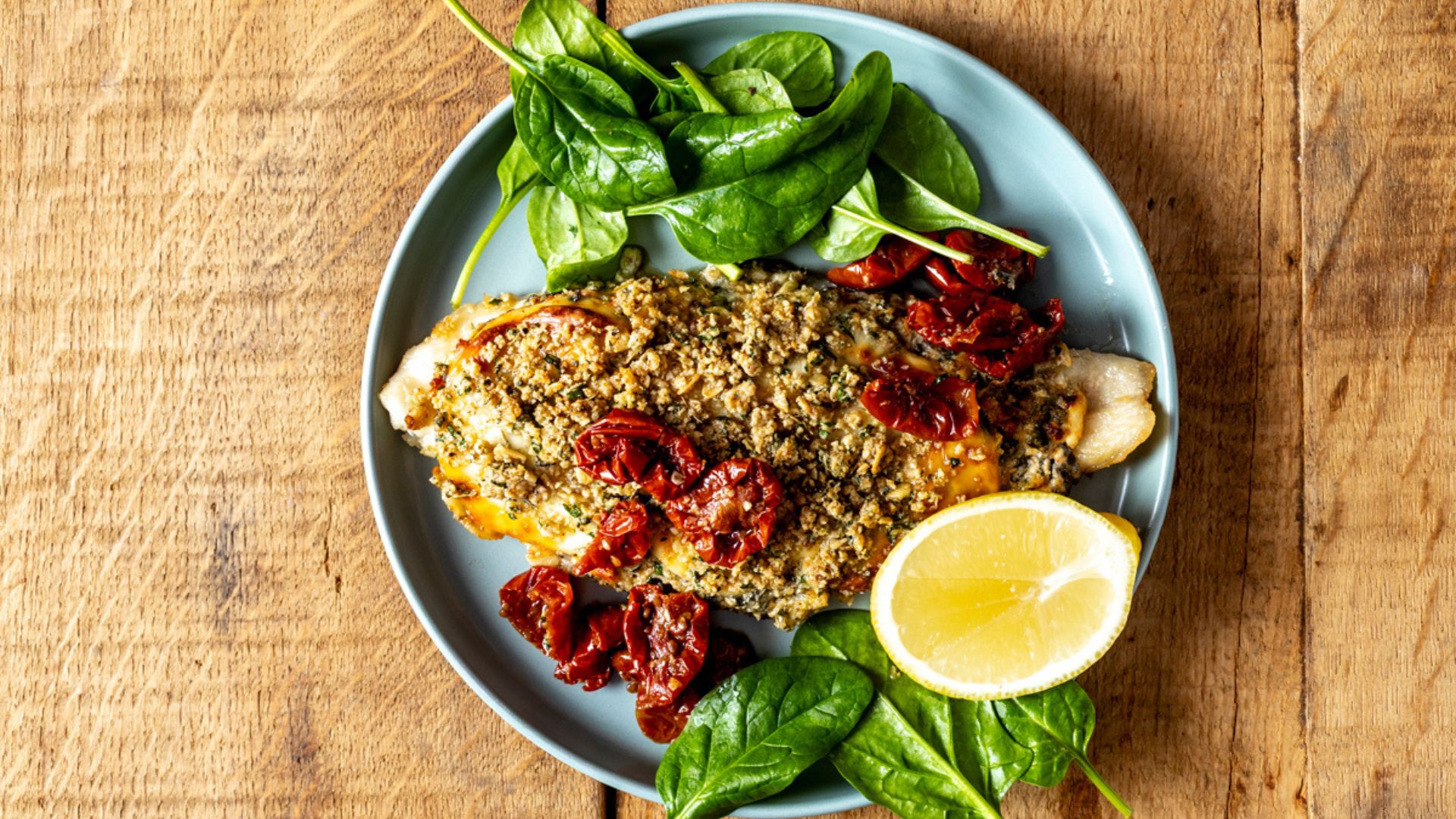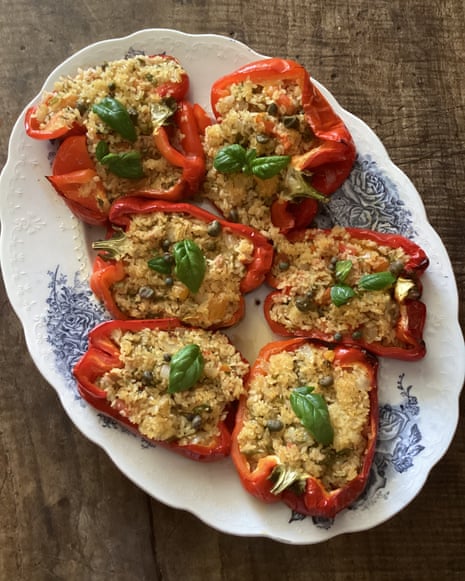When it comes to preparing fish that remains juicy and full of flavour, many Nigerian and West African kitchens are increasingly turning to the air fryer. This cooking technology, once seen as a luxury appliance, has found a place in homes search for fast, healthy, and reliable meal solutions that do not compromise on taste. Drawing inspiration from a creative recipe by South African chef Kerry Kilpin—first published by Woolworths Taste—we take a closer look at a modern take on air-fried fish with sundried tomato filling, adapted here with local perspectives and flavour suggestions for Nigerian, Ghanaian, and broader West African tastes.
Fish is a staple in many Nigerian and West African diets. Whether fried, grilled, or made into rich stews and pepper soups, fresh fish is celebrated for its protein content and adaptability to spicy, herby, and tangy flavour profiles. With health-conscious cooking on the rise and urban lifestyles demanding quick fixes, the air fryer has been welcomed for transforming traditional recipes into quicker, oil-free versions—an evolution in the region’s home cooking scene.
Air-fried fish with sundried tomato filling
Ingredients
- 4 fillets of bream
- For the stuffing:
- 2 sundried tomatoes finely chopped
- 50 g spinach wilted, seasoned and drained of any excess liquid
- 3 T cream cheese
- 1 courgette julienned and pan fried in a little butter
- 1 lemon
- Salt and pepper to taste
Instructions
-
In a bowl, blend together the finely chopped sundried tomatoes, wilted spinach, cream cheese and the pan-fried julienned courgette until you have a smooth paste. Squeeze in some fresh lemon juice and season to taste with salt and pepper. For a local twist, consider substituting some ingredients with ugwu (fluted pumpkin leaves) instead of spinach or use locally smoked catfish for depth of flavour.
-
Season the bream fillets lightly on the flesh side. For those in Nigeria, croaker or tilapia makes an excellent substitute that is easy to find in local markets.
-
Split the stuffing into two equal parts and spread generously over two of the fillets. Cover each with another fillet, ensuring the skin side faces outward, to make a sandwich. This technique, borrowed from French and contemporary African cuisine, helps keep the fish moist and prevents it from drying out. Such methods are gaining traction in Lagos and Accra’s modern restaurants.
-
Prepare a herby crumb topping (not included in the original list) by blending together fresh breadcrumbs, parsley, thyme, and a sprinkle of suya spice or dried udusa (African basil) for extra West African flair. Scatter this mixture on top of each fish “sandwich.”
-
Arrange the stuffed, crumbed fish fillets in the air fryer basket. Set the temperature to 180°C (around 356°F) and cook for 10 minutes. Depending on the thickness of your fillets, you may need to check and cook for an extra 2 minutes. The exterior should be golden and the fish inside tender and juicy. According to Lagos-based chef Ngozi Olagoke, “The advantage of air frying is that it’s healthier and delivers a perfectly moist result every time, especially with our West African fish species.”
Why Air Fryer Fish Appeals to West Africans
Fish is a mainstay in Nigerian kitchens, prized for its nutritional profile and versatility. Traditionally, deep-fried fish—think catfish, tilapia, or croaker—dominates local cuisine, but it often comes with health concerns over high oil content and calories. The air fryer provides a healthier way to enjoy these familiar tastes, using hot air to create a crispy texture while drastically reducing oil intake. Nutritionists such as Dr. Chinedu Okafor of Abuja’s Food Wellness Clinic note that, “Substituting deep frying with air frying can lower your calorie count and risk of heart disease, without sacrificing on flavour, especially when local spices are incorporated.”
For home cooks and food enthusiasts, especially those observing the cost and availability of electricity, the air fryer is convenient—meals are prepared quickly and with less mess compared to traditional frying. This resonates with busy families in cities like Lagos, Port Harcourt, and Accra, where every minute in the kitchen counts.
Local Ingredients and Creative Variations
- Fish Substitutes: While bream is featured here, Ghana’s red snapper or Nigeria’s tilapia/croaker are equally delicious.
- Vegetable Swaps: Ugwu (fluted pumpkin leaves), scent leaf (efirin), or even moringa leaves can replace spinach for more traditional flavours.
- Local Touches: Seeking a deeper flavor, add ground crayfish, ata rodo (Scotch bonnet peppers), or even a suya-spiced breadcrumb crust. These local adaptations not only reclaim familiar tastes but strengthen local culinary identity.
Healthy Eating Trends and Social Media Influence
As Nigerians and Ghanaians become more health-conscious, there’s a growing trend on social networks such as Instagram and TikTok for sharing air fryer recipes and meal results. Lagos-based blogger Yetunde Bakare says, “My audience loves how easy and quick it is to transform everyday ingredients with the air fryer—especially for protein-rich dinners.” Culinary creators increasingly highlight step-by-step guides, local substitutions, and before-and-after photos, fueling a sense of community and healthy competition amongst food fans in cities across West Africa.
Comparing Air Fryer and Traditional Methods
- Air Frying: Crisp results with little to no oil, preserving nutrients, and less kitchen cleanup.
- Deep Frying: Traditional flavor, but higher in calories and oil. May not be suitable for those managing cholesterol.
- Steaming/Grilling: Even healthier, but sometimes lacking the desired crisp texture and can be bland without a robust marinade.
According to a report by Africa Food Trends (2023), air fryers are among the top three kitchen appliances gaining popularity in urban African households, particularly for families looking to modernize their cooking habits without losing traditional flavours.
Beyond the Recipe: Community Voices
Many home cooks see air fryer recipes such as this as a way to bridge modern convenience and ancestral flavours. Kadiri Musa, a chef in Abuja, shares, “It’s about keeping our food heritage alive, but also embracing what is practical for today’s lifestyle.” For younger generations and urban professionals, this balance of health, speed, and flavor makes air fryer recipes a lasting trend—and one that can be adapted for the whole family, from young children to elders.
Key Tips for West African Cooks
- Experiment with locally available fish for a fresh catch flavor.
- Add hot pepper flakes or suya spice to the crumb topping for a burst of heat.
- Serve alongside classic sides like yam fries, dodo (fried plantain), or coconut rice for a truly Nigerian meal.
- Remember, air fryer times may vary—always check that your fish is cooked through but not overdone.
By weaving in local tastes and quick-cooking methods, this air-fried fish recipe shows how West African home cooks are embracing healthier, time-saving options without sacrificing the region’s beloved bold flavours. Whether you’re in Lagos, Accra, or diaspora communities worldwide, this dish blends tradition with innovation and proves how African kitchens continue to inspire and adapt.
Have you tried making fish in your air fryer—and which local ingredients did you use to give it a Nigerian or West African twist? What’s your view on this trend? Drop a comment, share your best air fryer tips or recipe stories, and follow us for more interesting updates!
Toby Murphy










